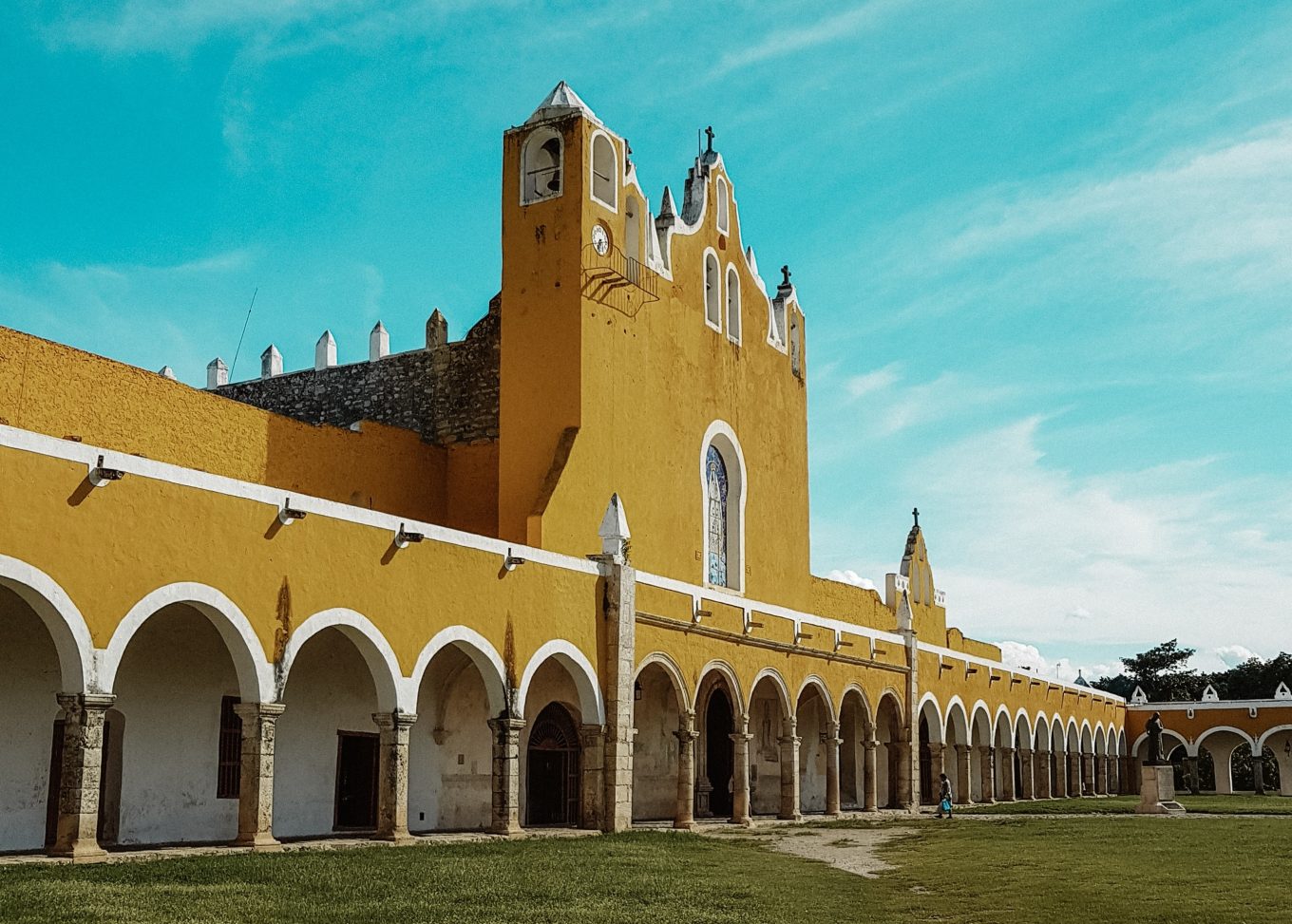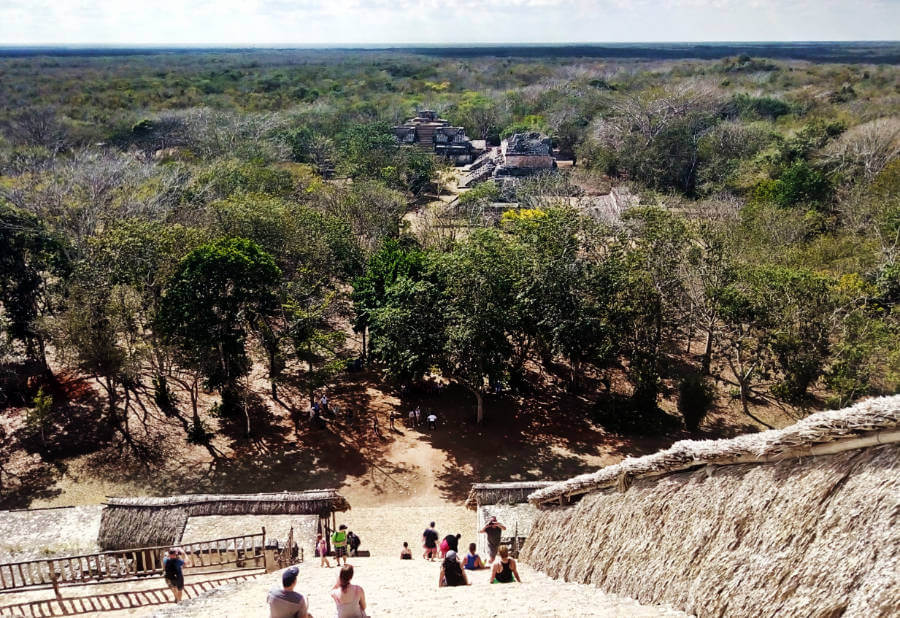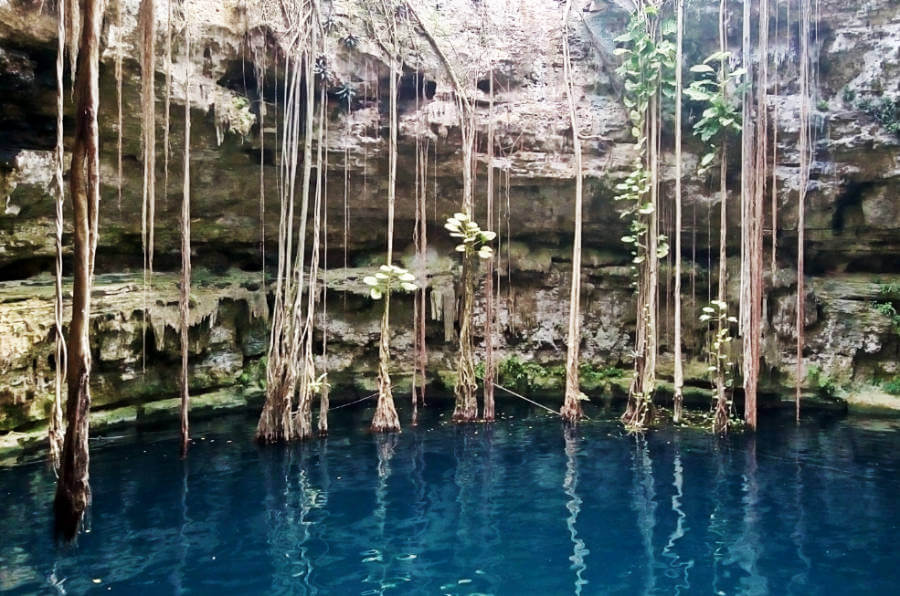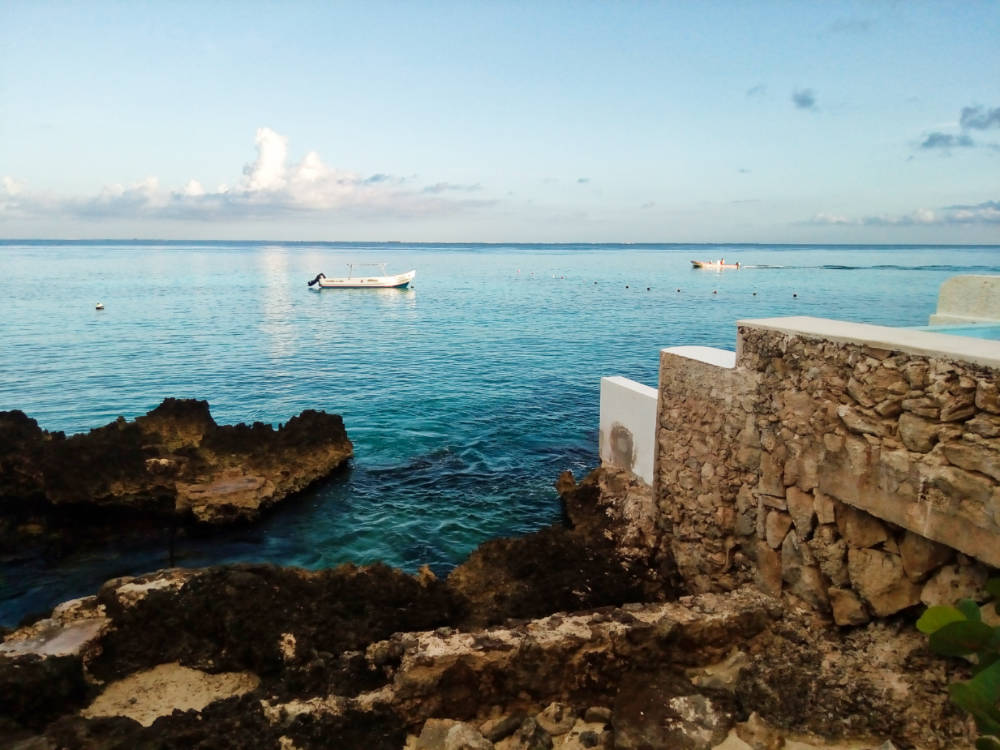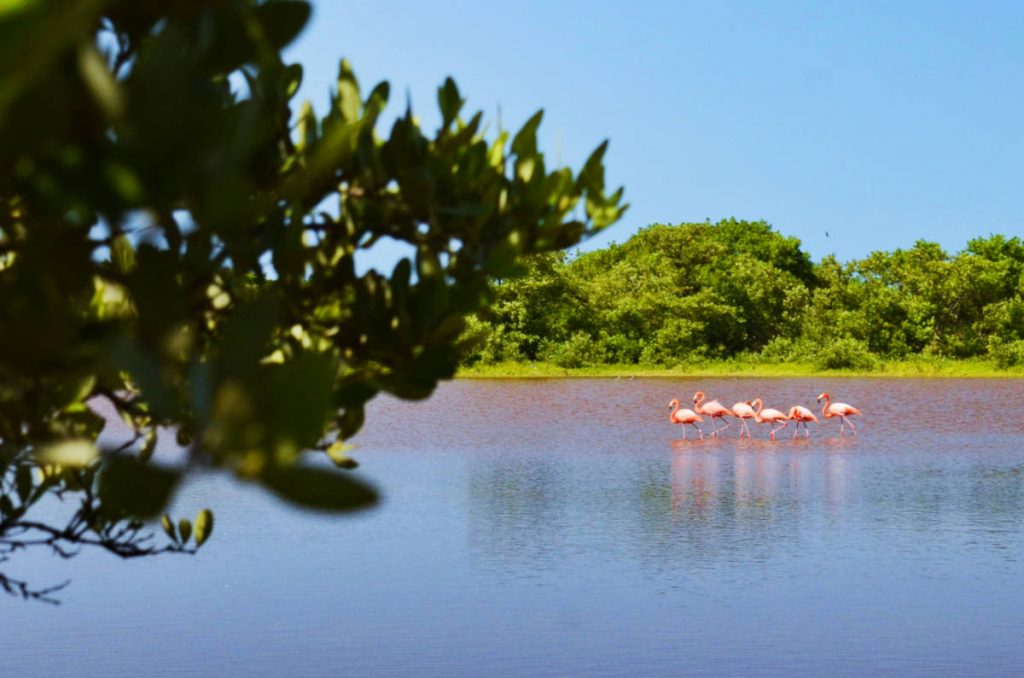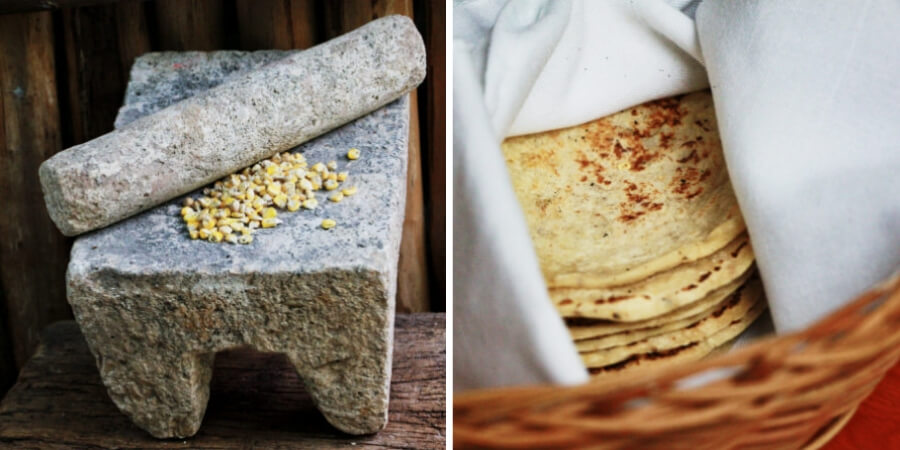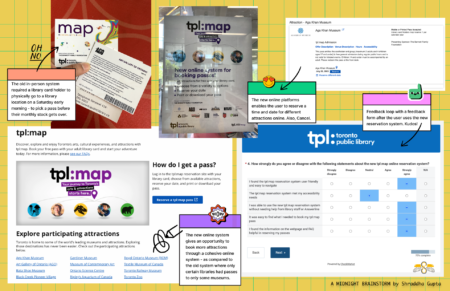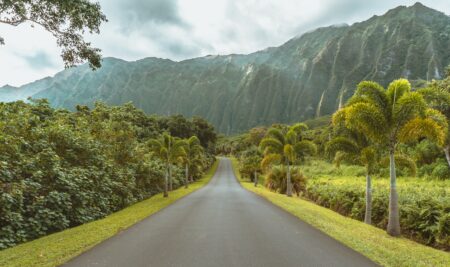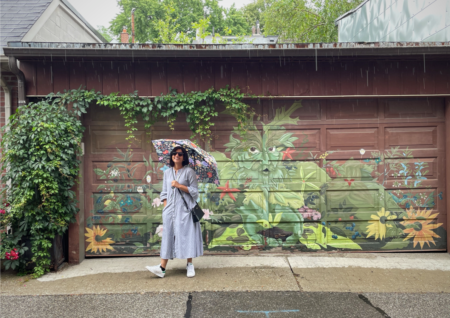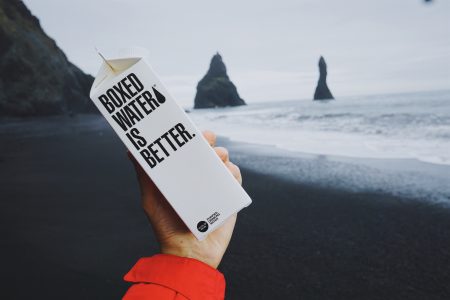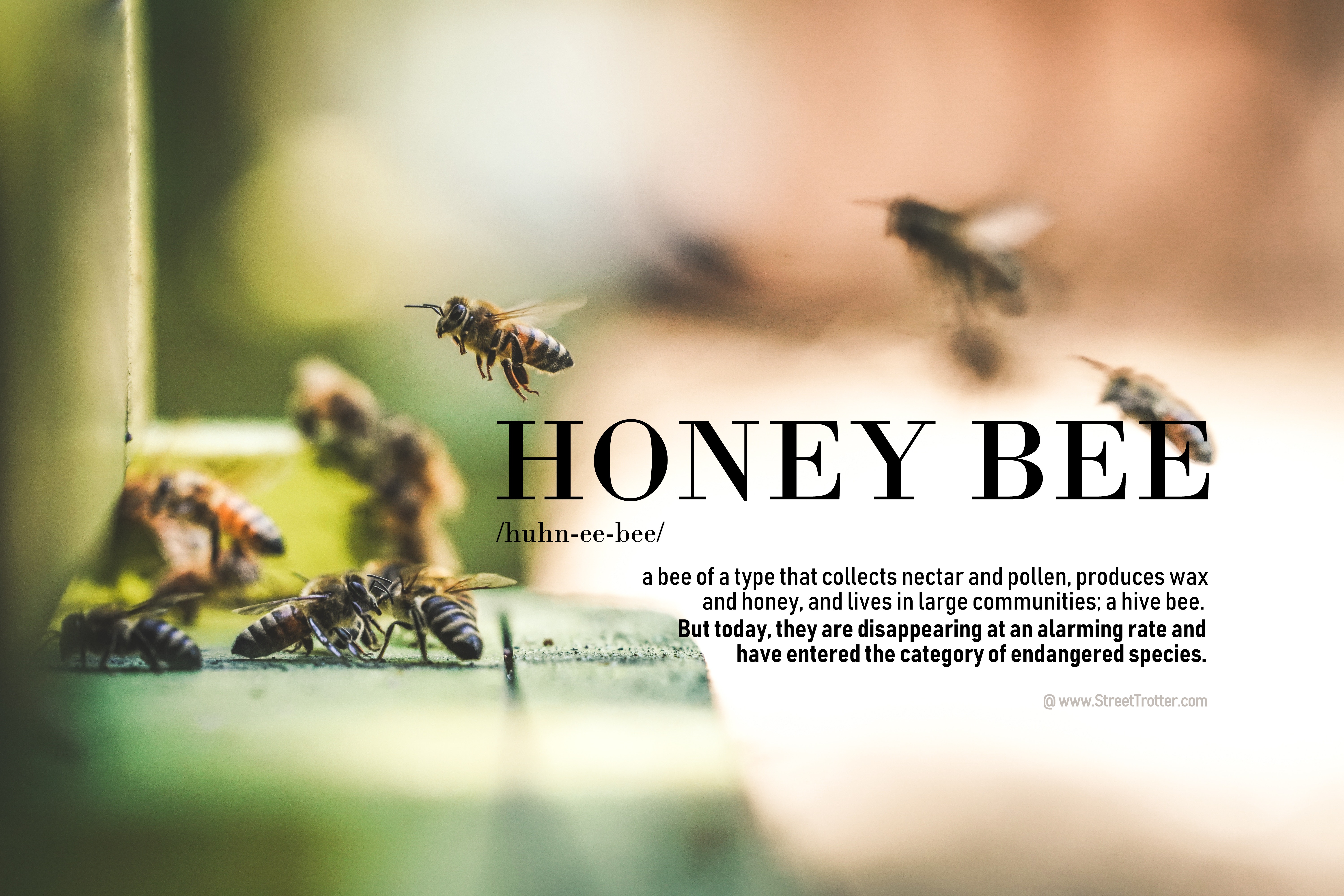It is widely believed that over 66 million years ago, the Chicxulub Crater crashed into what is now known as the Yucatan, wiping out the dinosaurs and wreaking havoc on other ecosystems. From it rose the limestone bedrock of the Yucatan Peninsula, a unique land that is geologically unlike other parts of Mexico.
Geographically, its location in relation to the rest of Mexico has created a unique culture that is distinctive to the Yucatan. Both of these elements combined create a unique Mexican experience. Here are the 11 things you should know before you visit the Yucatan Peninsula.
#1 – The Yucatan Peninsula is one of the safest places in Mexico
Let’s just get this out of the way. Mexico gets a bad reputation of being unsafe sometimes. The media tends to blow things out of proportion and hype things up. That’s not to say there isn’t violence in Mexico. There is. But the Yucatan Peninsula is regularly rated as the safest place in Mexico. And like anywhere you travel, you should keep your wits about you and can also refer to these tips on how to safely experience Mexico as a solo traveler.
#2 – Cash is King. And Use Pesos!
As in most of Mexico and Latin America, the Yucatan is a cash society. You can use a credit card at grocery stores and nicer restaurants, but expect to use cash for most transactions. Your money will go further if you use an ATM to withdraw pesos, just make sure you have a card without high transaction fees.
#3 – There are more Mayan Ruins than the famous Chichen Itza
Perhaps the most famous is Chichen Itza, but there are other Mayan ruins in the Yucatan that you should consider visiting. Each site is different, with unique characteristics from the Mayan communities that lived there. At several Yucatan ruins, the main temple is open to visitors who wish to climb to the top. When you do, you’ll be rewarded with sweeping views of the jungle below.
#4 – The Yucatan is home to thousands of cenotes
So what is a cenote? There are no rivers in the Yucatan peninsula, which is mostly comprised of limestone rock. A cenote (say-NO-tay) is a natural sinkhole that forms when the limestone rock collapses, exposing the groundwater underneath.
Sometimes the limestone caves in completely and sometimes partially, resulting in different types of cenotes – caves, partial caves, and open cenotes that look like a lagoon. The ancient Mayans even used some of the cenotes for sacrificial offerings. No visit to a Yucatan Mayan Ruin site is complete without cooling off in a cenote after.
#5 – Many of the inhabitants are of Mayan descent
This may not come as a surprise to you, but many inhabitants of the Yucatan peninsula are of Mayan descent. They are proud to celebrate their heritage and to practice the Mayan language. You can see the Mayan influence everywhere, but especially in the food and traditions throughout the Yucatan Peninsula.
#6 – There are three inhabited islands off the coast of the Yucatan Peninsula
Isla Holbox, Isla Mujeres, and Isla Cozumel. All have miles of coastline with turquoise blue water, but each island has its own vibe. Isla Holbox is the most rustic of the islands with colorful beach bungalows lining the unpaved streets. Isla Mujeres is also more upscale, being the closest island to Cancun and boasts shallow waters that are perfect for snorkeling. And Isla Cozumel is the largest island, known for having some of the best diving in the world.
#7 – You don’t have to visit the Caribbean coast to swim in beautiful blue waters
In the southeast corner of the Yucatan is the small town of Bacalar – home to the lake of seven colors. Due to the limestone bottom, this freshwater lake has crystal clear water in seven shades of blue. You can opt to rent a boat or access the water by many of the restaurants along the lake. The colors are so stunning you’ll think you’ve been transported to the Caribbean.
#8 – Thousands of pink flamingos nest along the Gulf coast
The coast of the Yucatan Peninsula is home to thousands of pink flamingos and other aquatic birds. The largest concentration is found in Celestun where they go to nest in the winter and in Rio Lagartos where they mate in the spring. But thanks to beginning the restoration of their habitat, more and more flamingos have been spotted along the northern coast between these two areas. Take a drive along the Emerald Coast and see how many flamingos you can spot.
#9 – Traveling around the Yucatan is easy
Being one of the safest areas of Mexico, it’s easy to travel throughout the Yucatan Peninsula whether you decide to rent a car or take public transportation. The toll roads in the Yucatan are well-paved, but a little boring and the non-toll highways are decent roads that will take you through lots of small towns. The roads are not well lit at night, so the biggest rule to remember is to get off the road by dusk.
Reaching Yucatan is easy too from any major airport. You can book from the Cancun Airport Transportation website for a to and fro ride from the airport. Or if you are looking for private transportation or a shuttle service, you can book Transportation from Cancun Airport to Playa del Carmen.
#10 – The Lebanese population has strongly influenced food in the Yucatan
From pastor tacos to kibbeh, the Lebanese began immigrating to Mexico in the late 19th century and have made a strong impact on the food in the Yucatan. Outside of every traditional taco stand is a vertical rotisserie slowly turning with layers of marinated pork stacked in a cone shape, very similar to the way shawarma is prepared.
When someone orders tacos pastor, the cook slices meat from the outer edges of the stack and lets it fall into the corn tortilla in his other hand. He finishes it off with a slice of pineapple from the top of the rotating spit.
#11 – Cantinas aren’t just for men
Cantina is a word that has become synonymous with the word ‘bar’. But a true cantina in the Yucatan is a bar that serves free snacks, botanas, with each round of drinks. The cantina culture in Cozumel and Merida are so prolific that you could easily spend an afternoon touring cantinas and still not make it to each one. While there are a few cantinas that don’t encourage women, look for the sign ‘familiar’ where women and families are invited to sit away from the rowdiness if they prefer.
Written by: Julien Casanova of Cultures Traveled.
